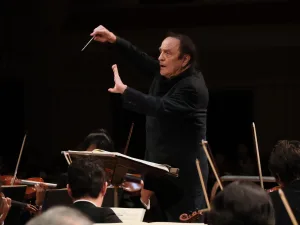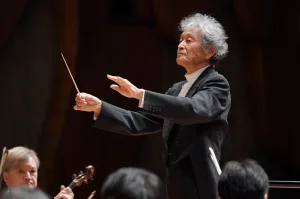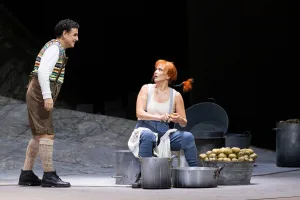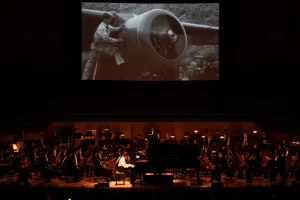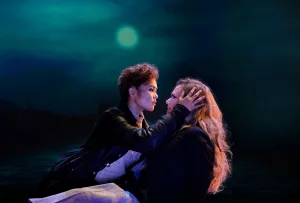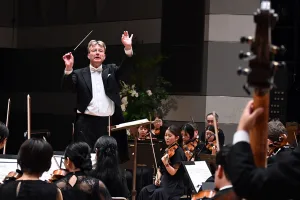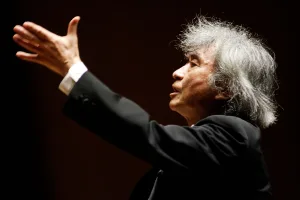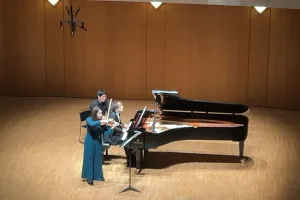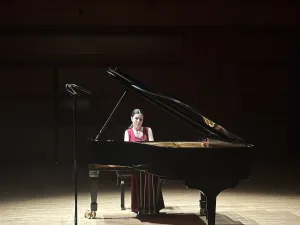From Emotion's Suppression to Maximum Injection—A Stunning Performance that Showcases the Skill and Artistry of the Bavarian Radio Symphony Orchestra
By Atsuya Funaki
The Bavarian Radio Symphony Orchestra has only had Simon Rattle as its chief conductor for about a year, but he seems to have already made his “Rattle mark” very clearly.
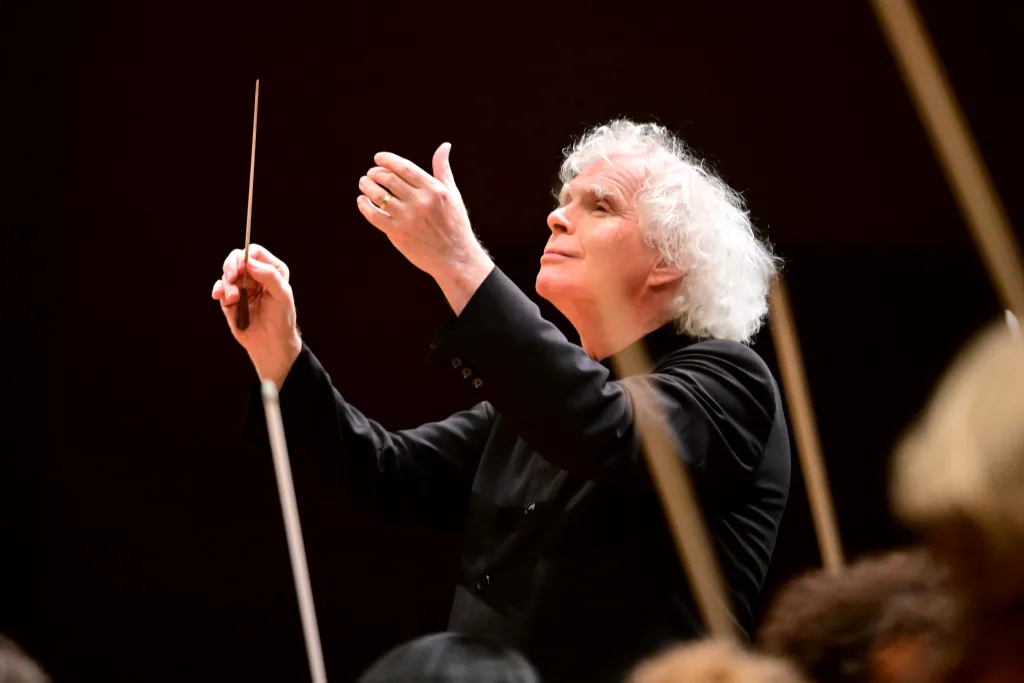
From the very beginning, the orchestra played Ligeti and Wagner as if they were water and oil without a pause, proving that there is historical continuity between the two. From the former, they chose “Atmosphères,” and from the latter, the prelude to the first act of “Lohengrin,” in other words, the extreme version of “floating acoustics” and its precursor. The result was a demonstration of the orchestra’s skill and artistry, from the weakest to the strongest notes. From the weakest to the strongest, from the lowest to the highest, from the emotional deadening to the maximum infusion, every aspect of the performance was flawless, and the tension that gripped the audience’s brain was so intense that it almost tore them apart.
This was followed by Webern’s “Six Pieces” and Wagner’s Prelude and Love’s Death from “Tristan und Isolde,” also performed in tandem. The common point of these two pieces is “death”. Webern’s works, which are atonal requiem without words, have his mother’s death in the background. The fourth piece. I was shaken by the sobbing trombone noise and the crescendo of the percussion group that was stopped just before it became an exclamation. And also the dispersed cello chords that were clearly “visible” at the climax of Isolde’s love death.
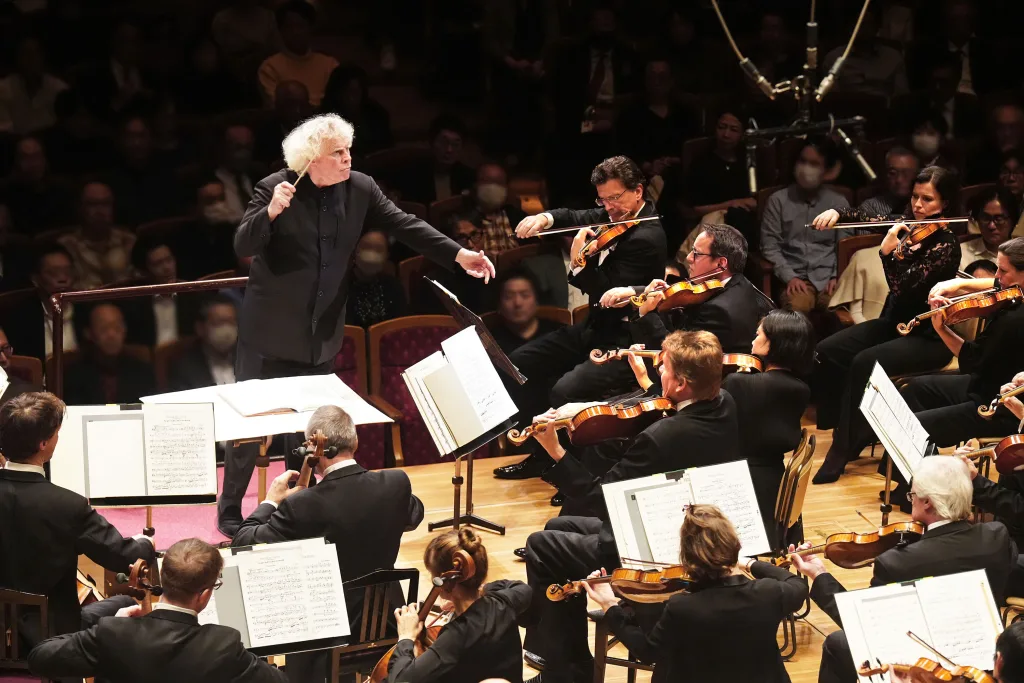
——and here we find ourselves tracing back to the origins of contemporary music. And the second half is the three movements of Bruckner’s last symphony, No. 9 (Kohl’s version), which connects the 19th and 20th centuries. It is indeed a heartbreaking, Rattle-like programming, but it is surprising that the Bruckner here was somewhat “textbook. When the music reaches the second theme, it sings well, and when it reaches the climax, it accelerates, and when it becomes like “The Rite of Spring,” it is energetic. The flow of the music may be late-Romantic, but it is also at the same time a kind of tedium. It also bothers me that the Bavarian Radio Symphony Orchestra, with its noble sound, drives the Berliner Philharmoniker like a whip. Would it be an unreasonable request if I said I wanted to hear Bruckner like Webern in the first half?
It is surely not “surprising”. Rattle has a teacher-like quality, if you will. He makes you realize the history of music, and there is no mistaking it. That is both his charm and, perhaps, his limitation.

Performance Data
Simon Rattle and Symphonieorchester des Bayerischen Rundfunks in Tokyo
November 27 (Wednesday) 19:00 at Suntory Hall
Conductor: Simon Rattle
Orchestra: Symphonieorchester des Bayerischen Rundfunks
Programme
Ligeti: Atmosphères
Wagner: “Lohengrin” Prelude to Act I
Webern: Six pieces for orchestra Op.6
Wagner: “Tristan und Isolde” Prelude and “Isoldes Liebestod”
Bruckner: Symphony No. 9 in D minor (Cohrs Edition)

